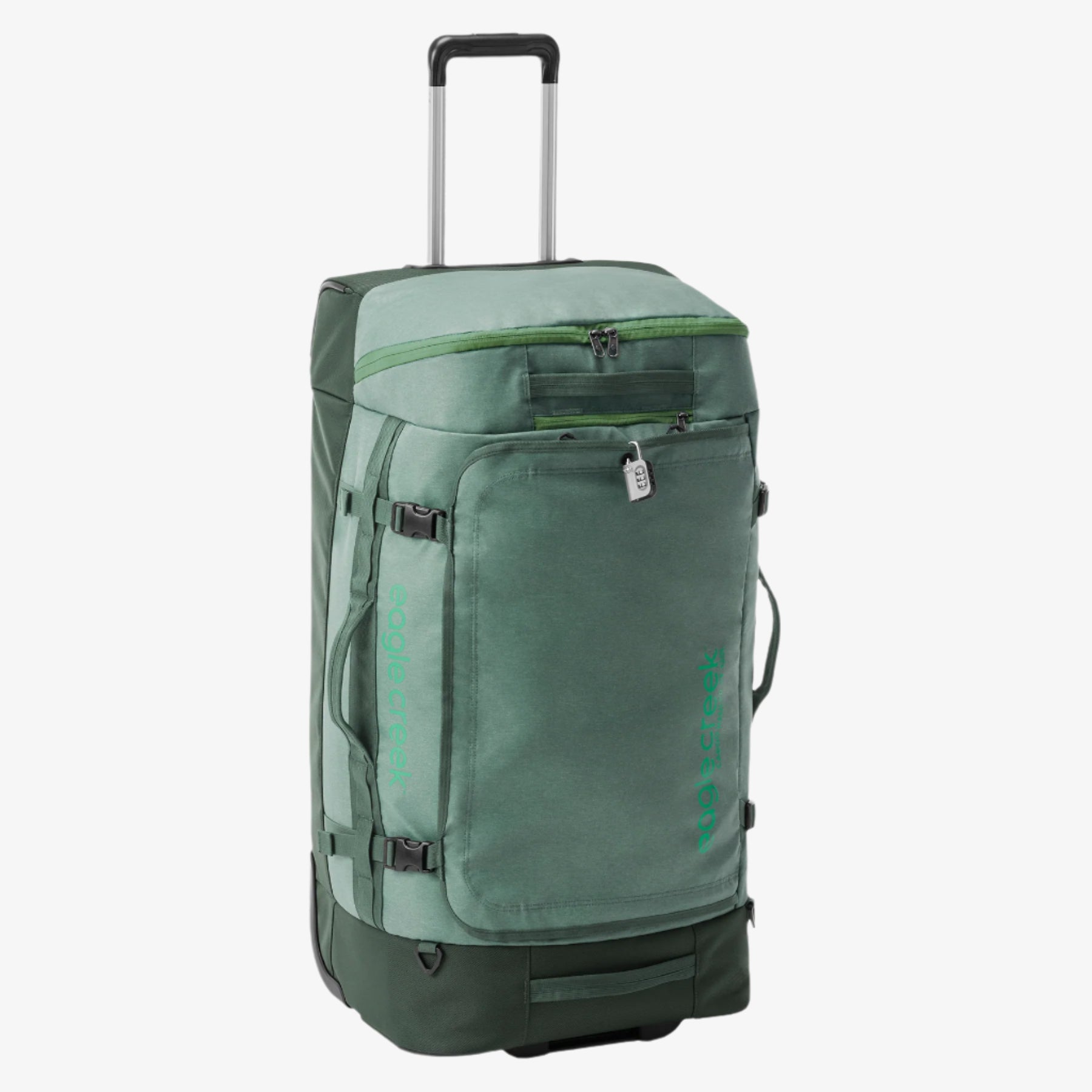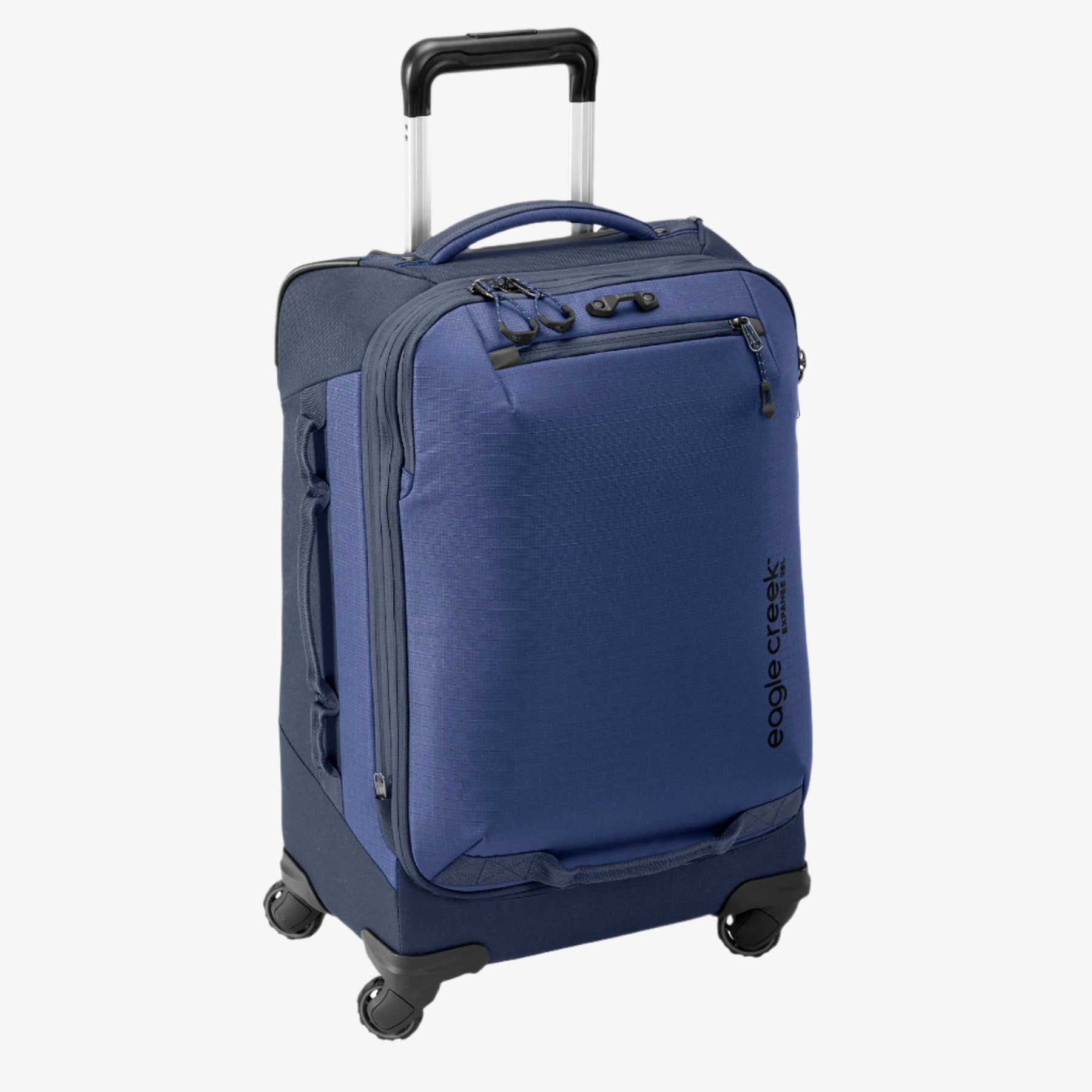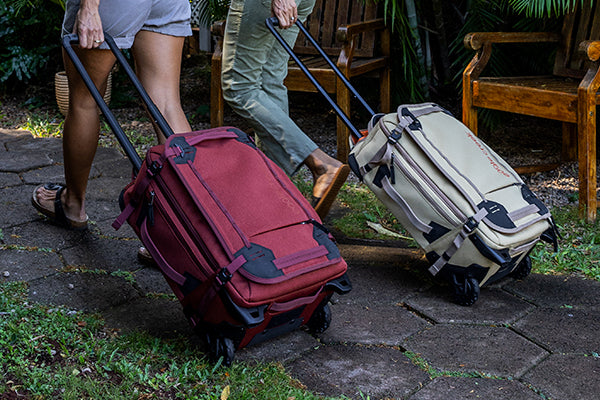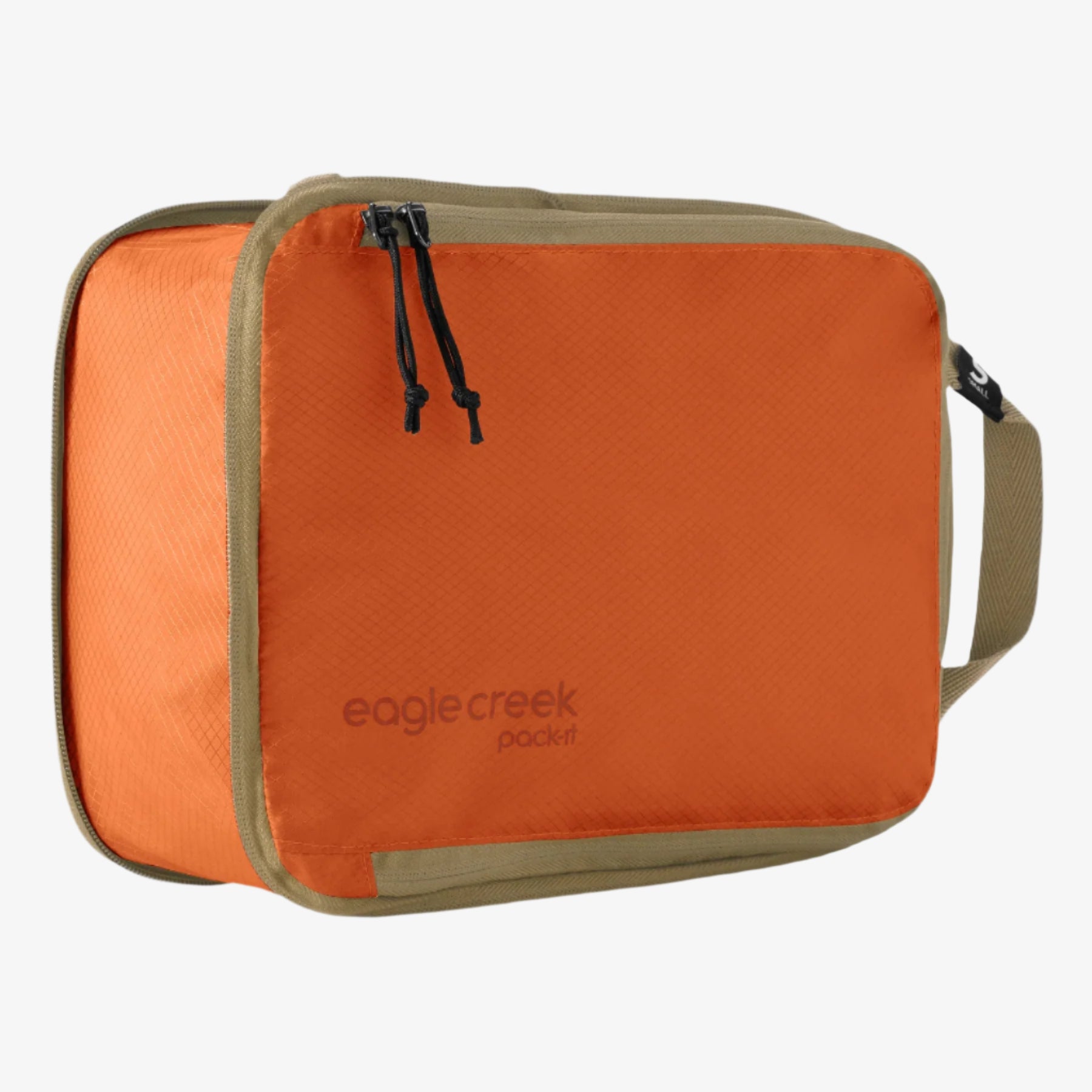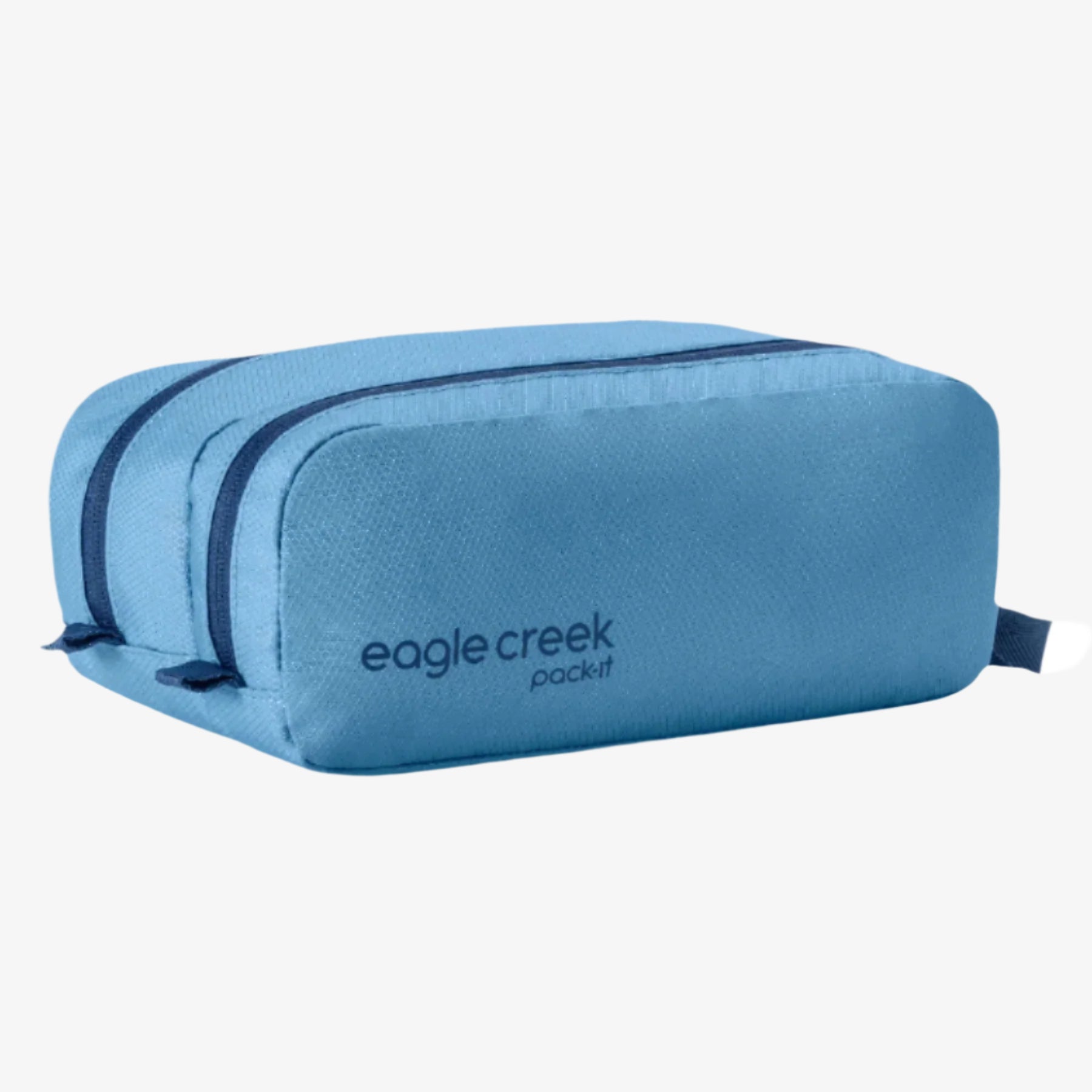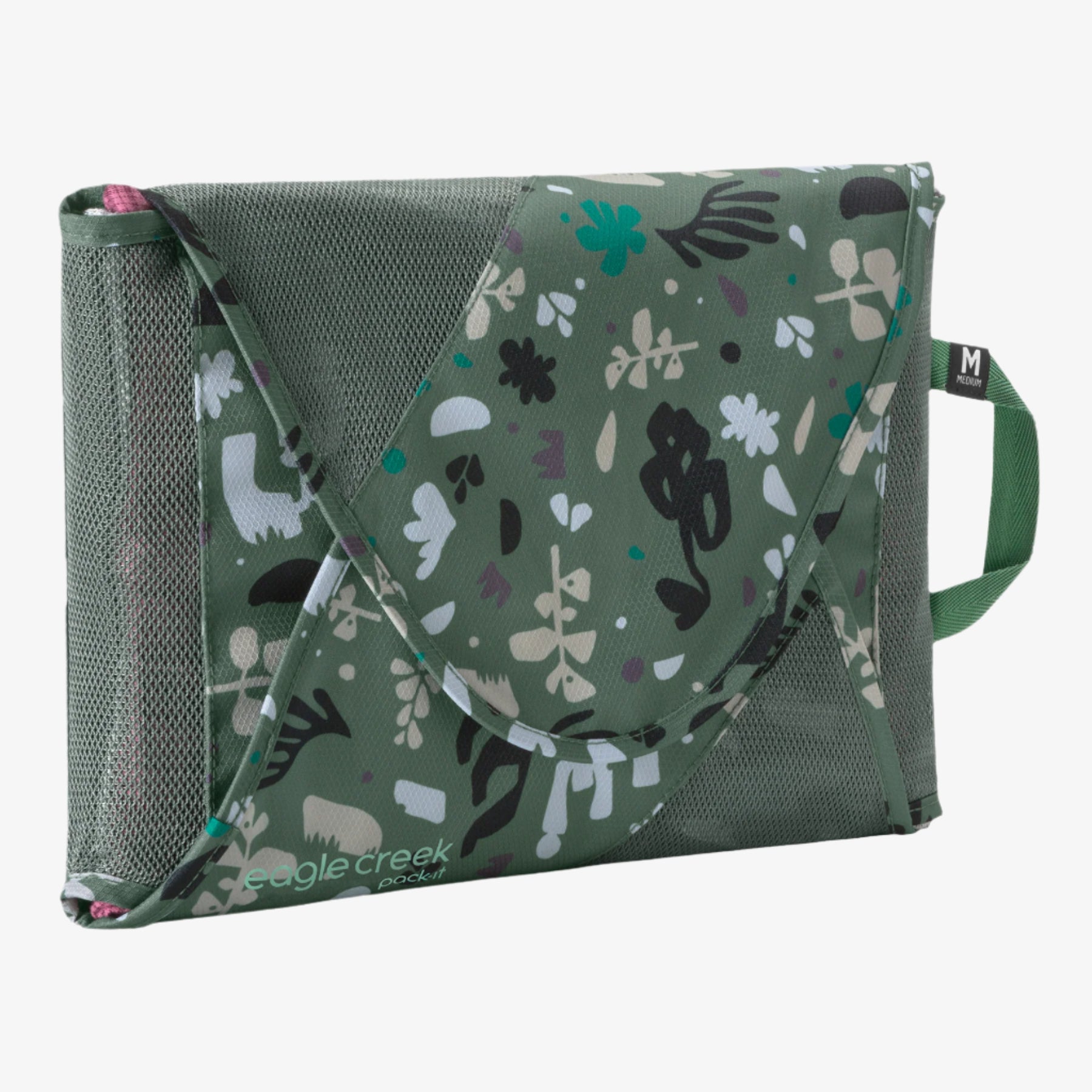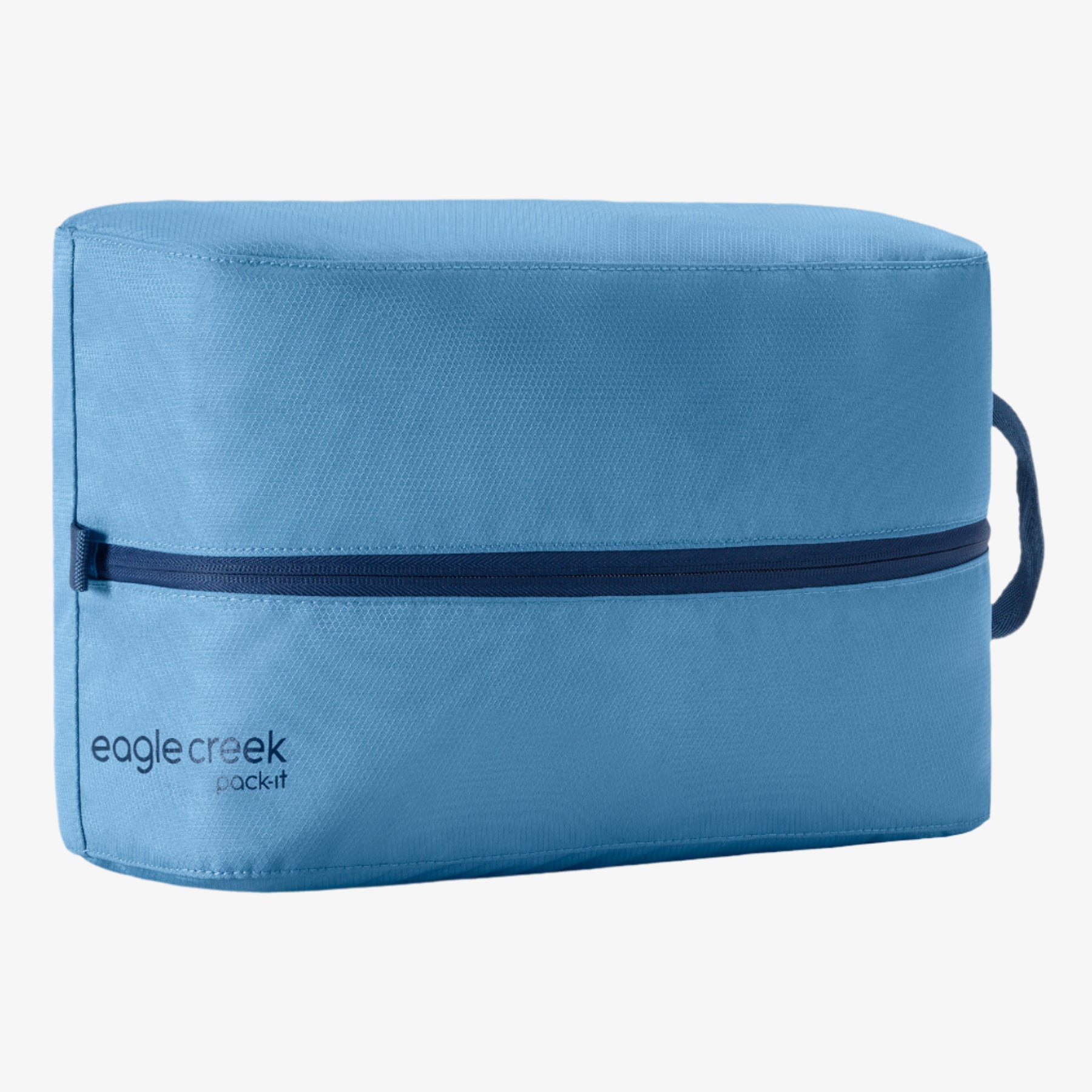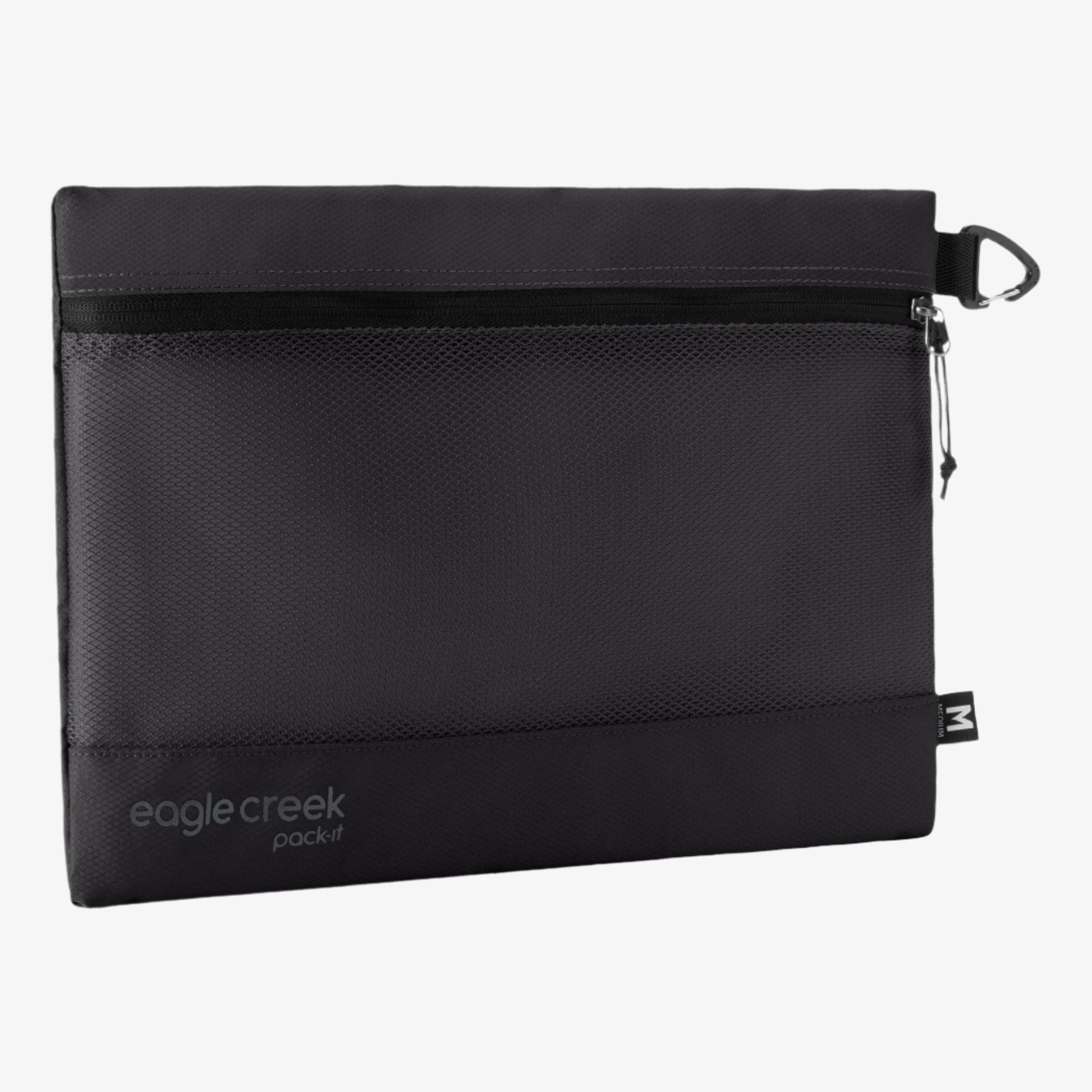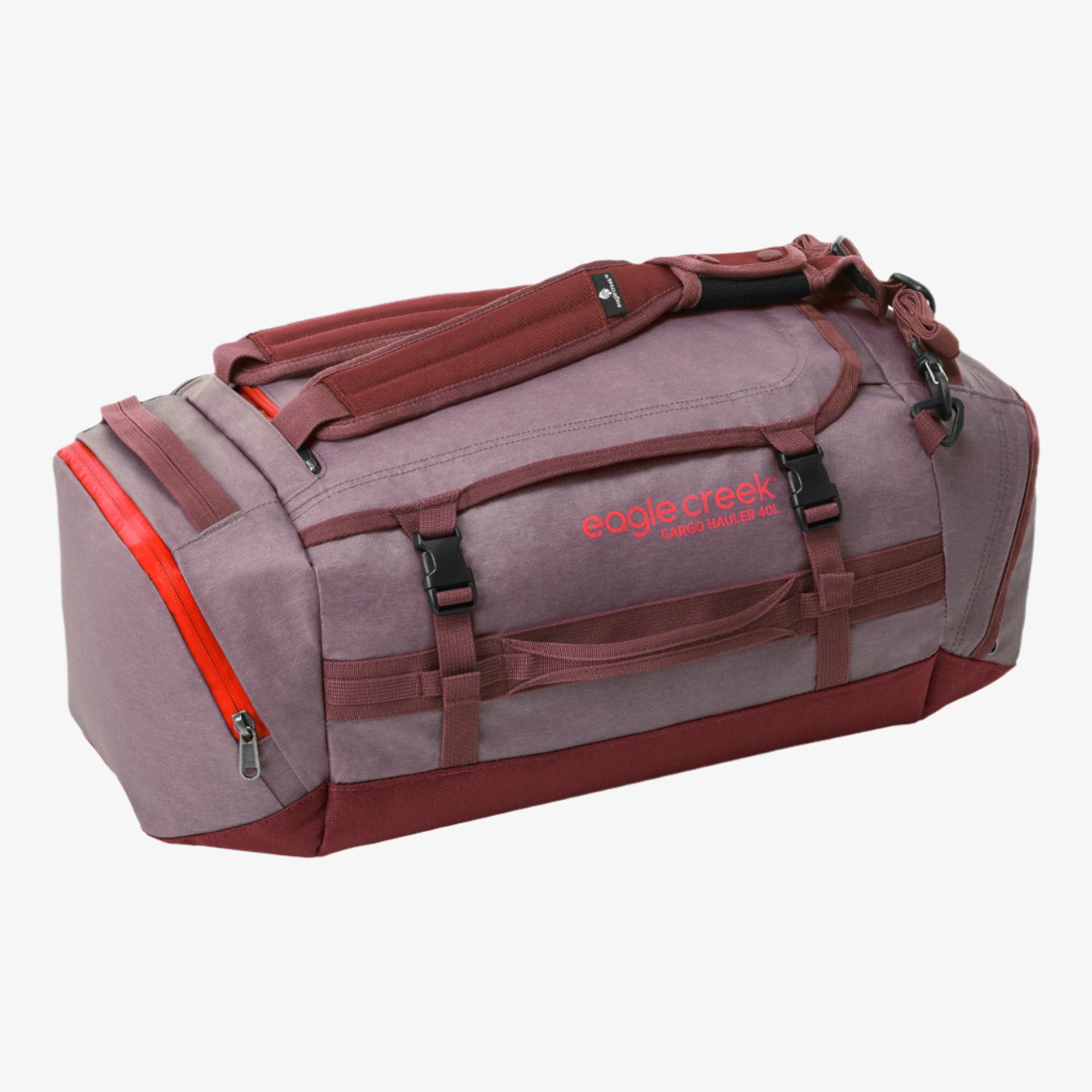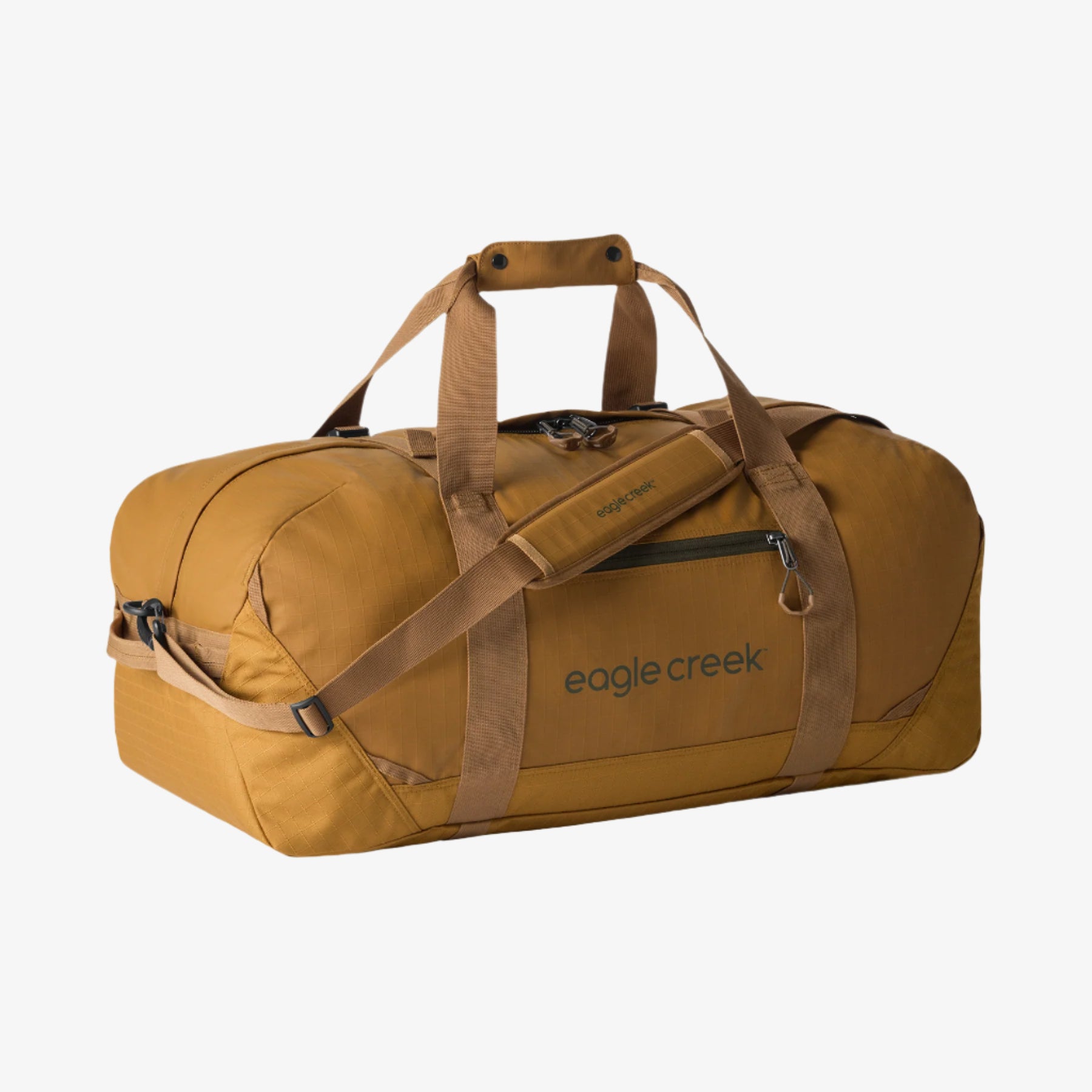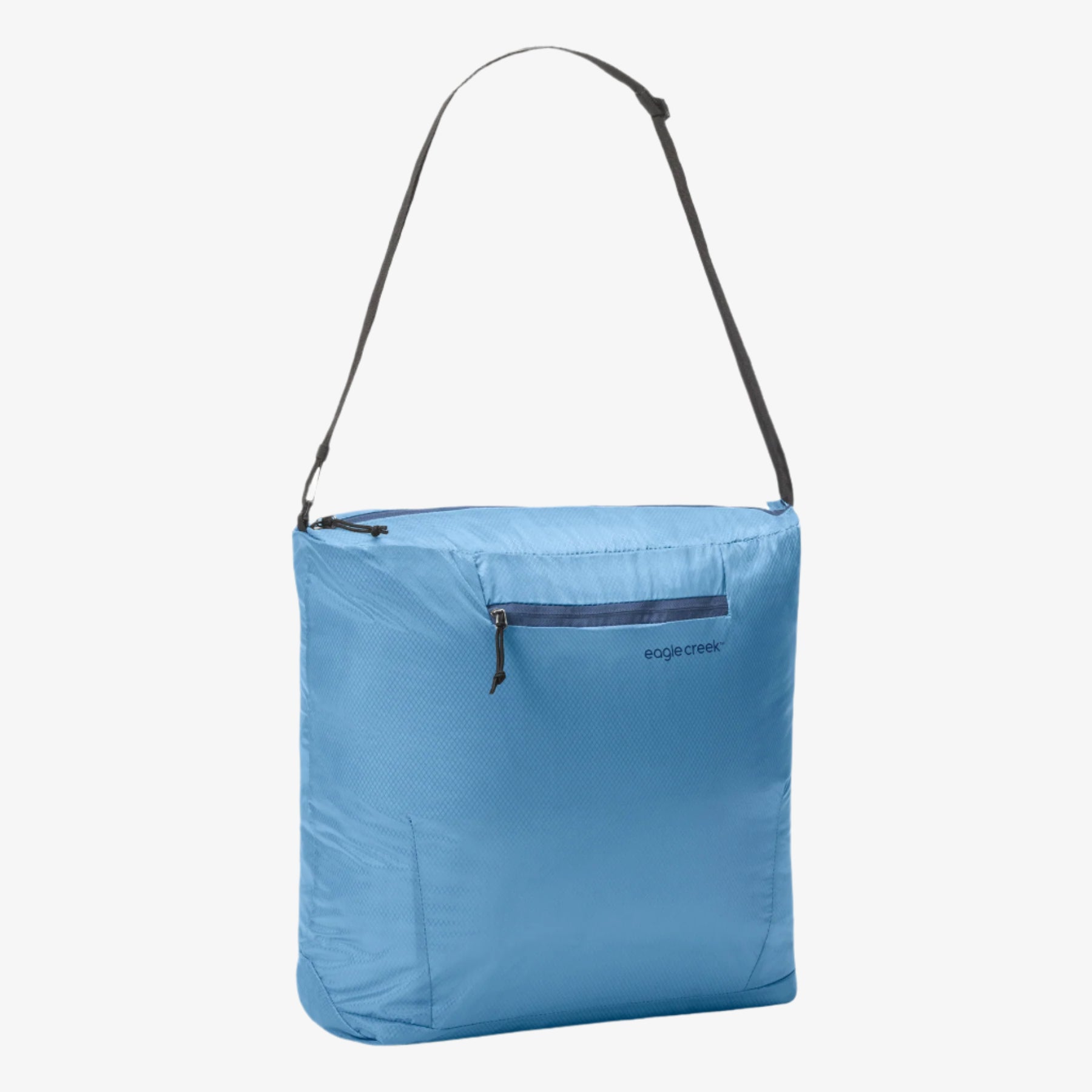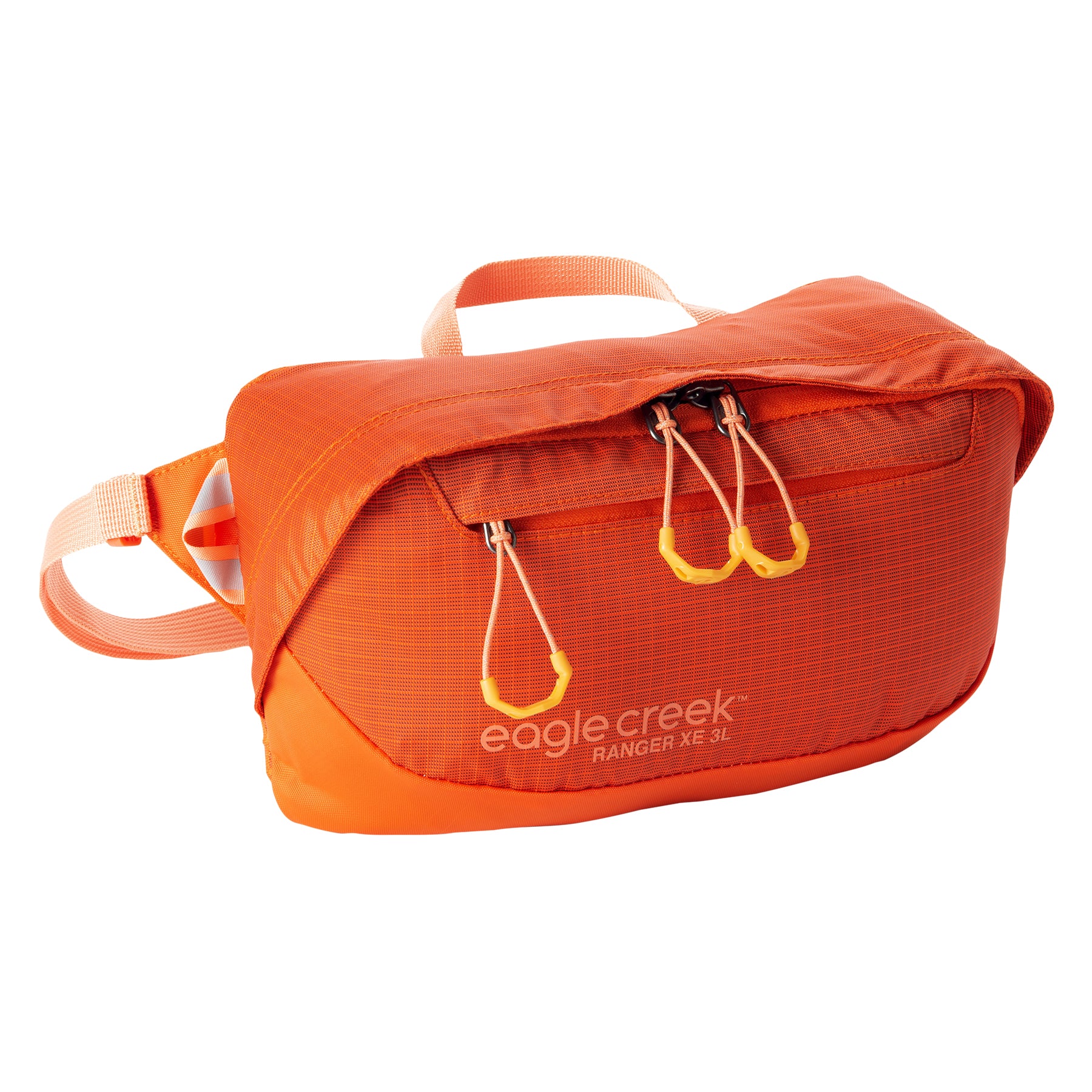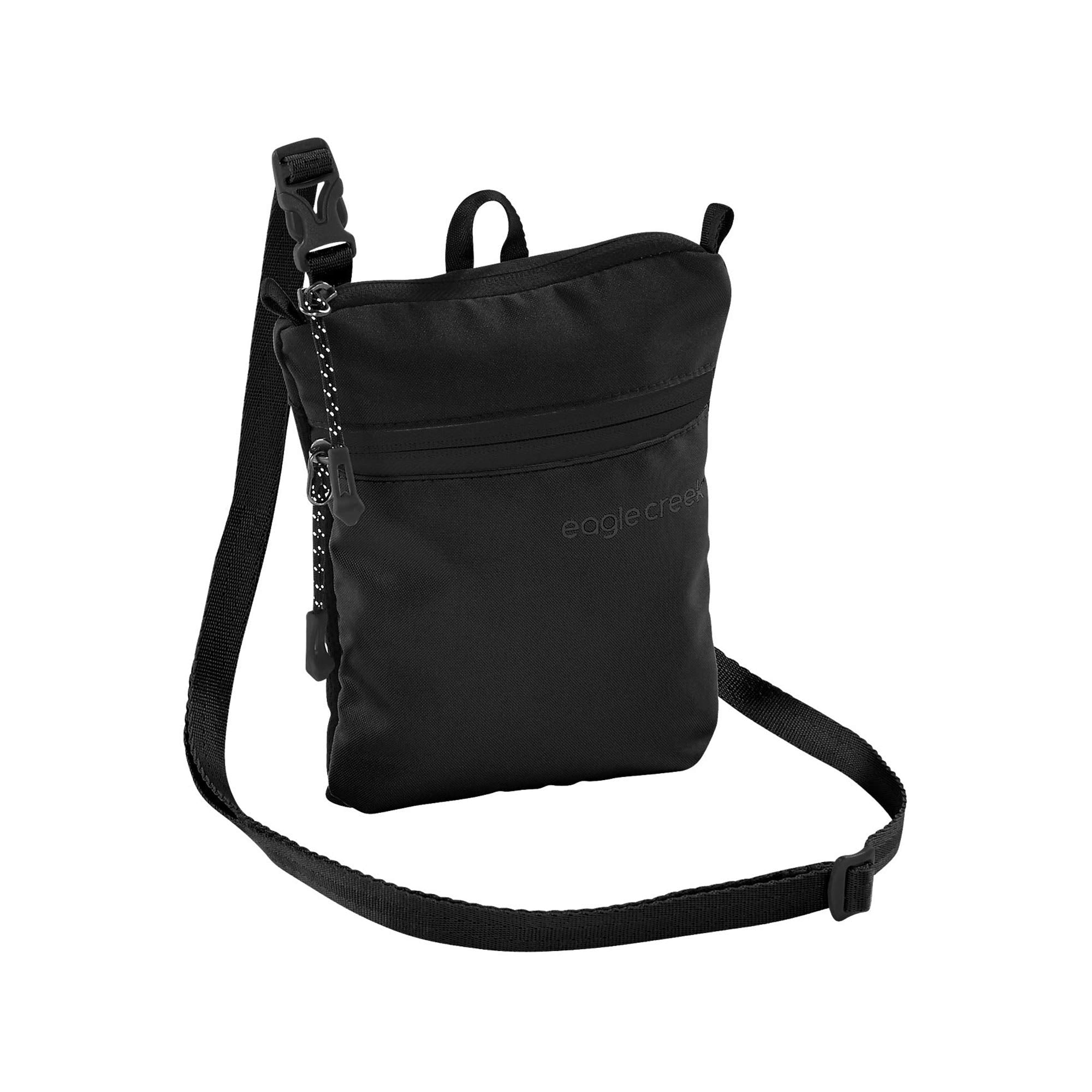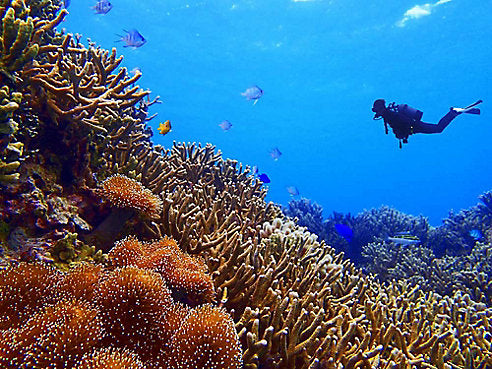All it takes is one amazing travel experience to change your life and world outlook. Here’s how a trip to Japan made this scuba diver want to save the planet.
One of the most memorable family vacations of my childhood was a Caribbean cruise. On one of the island stopovers, my mother took my brother and I on a submarine excursion while my father went scuba diving.
I was so fascinated by the idea of my father breathing underwater that I spent the entire ride with my face pressed up against the glass window, looking for him. Each time we passed a diver, I excitedly asked my mother, “Do you think that’s him?” It never was, but my enthusiasm didn’t falter.
Fast-forward about ten years when I finally earned my scuba diving certification, wearing the same mask, fins, and snorkel my dad had rocked since the ‘80s. For the next six years, I’d dive every once in a while during a tropical vacation. The destinations I visited—St. Thomas in the U.S. Virgin Islands; Cancun, Mexico; and others—were lovely, but the dive sites were a bit lackluster. Sure, the water was warm, and the fish more exotic, but overall I didn’t see a huge difference between these spots and the fresh water quarry where I had been certified. Many of the reefs were colorless and small, unhealthy from years of tourists unintentionally damaging the area. The fish I did see, though beautiful, were small in numbers. “I’m doing this for the thrill,” I would think to myself, brushing away my disappointment. I figured that if I wanted to see fish, or coral, or anything else, I could go to the aquarium.
It took just one day of diving in Okinawa, Japan to change my perception completely.
In a lot of ways, Okinawa is to Japan what Hawaii is to the United States. It’s very much a part of the country, but also has its own past, culture, language, and traditions—not to mention that it’s a subtropical paradise made up of many islands. The largest island in the Okinawa Prefecture—and the most well known—is the island of Okinawa.
I was already planning to travel to Tokyo later that year, so—after happening upon the Japanese Prefecture booth at a travel—it seemed like the perfect opportunity to make my Okinawan diving dream a reality. Even though Okinawa’s capital city, Naha, is a 2.5-hour flight from Tokyo, I convinced my travel companion that we could make it happen.
We allotted 2.5 days to Okinawa, mid-trip—the bare minimum amount of time for me to fly in, dive, and decompress (a post-diving safety requirement) before flying back to Tokyo. Through a travel designer, I arranged a private dive trip with one of Okinawa’s premier English-speaking dive shops, Marine House SEASIR, who took me to the Kerama Islands.
Located about 20 miles north of Naha, about an hour ride by boat, the Kerama Islands are a gorgeous region and a designated national park of Japan. Made up of 20 small islands (only five of which are inhabited), the Keramas are home to 250 species of coral, and fish and sea turtles galore. As my dive instructor, Takayuki, anchored off the coast of Zamami Island, I began to laugh out of joy and sheer disbelief. I had never seen a dive location so pristine and uninterrupted. We were the only people in sight.
I stuck my head under the water’s surface and the feeling intensified. The visibility was so clear, I could see for what felt like miles. We sank down and sea creatures danced before me. I couldn’t stop smiling as I swam past their coral cities, burgeoning with life. My heart was pounding with the same curiosity and excitement I felt as a child in that submarine, mixed with a newfound appreciation and understanding. It was easily one of the best days of my life.
When we eventually set sail back to Okinawa Island, I felt full of gratitude, but heavy with worry. How long would the world have this awe-inspiring natural beauty before it gets snatched away by pollution, global warming, or our own carelessness? Studies estimate that only 46 percent of coral reefs around the world are currently in good health, and that in less than 20 years, about 90 percent of reefs could be at risk from both human activities and climate change.
When I had seen dead reefs before, I was largely unaffected—I wasn’t able to truly comprehend what was missing. Now that I had seen the beauty of a living reef, I made a vow to myself to do whatever I could to protect and value our planet, including educating myself with research and travel. I’ve found that the one of the most powerful ways to understand what our planet needs is to see it for ourselves.
Since my trip to Japan, I try to do my part by participating in beach cleanups, supporting (and diving with) coral farmers, and donating to organizations like The Nature Conservancy. Simple acts like conserving water, reducing pollution, and disposing of trash properly can also go a long way.
Scuba diving has become a clear way for me to see and appreciate how much the world has given us. What travel experiences have had a similar impact on you? Let us know in the comments.
Related Links (from Eagle Creek blog):
Ethical Travel: A How-To Guide to Planning an Eco-friendly Adventure
